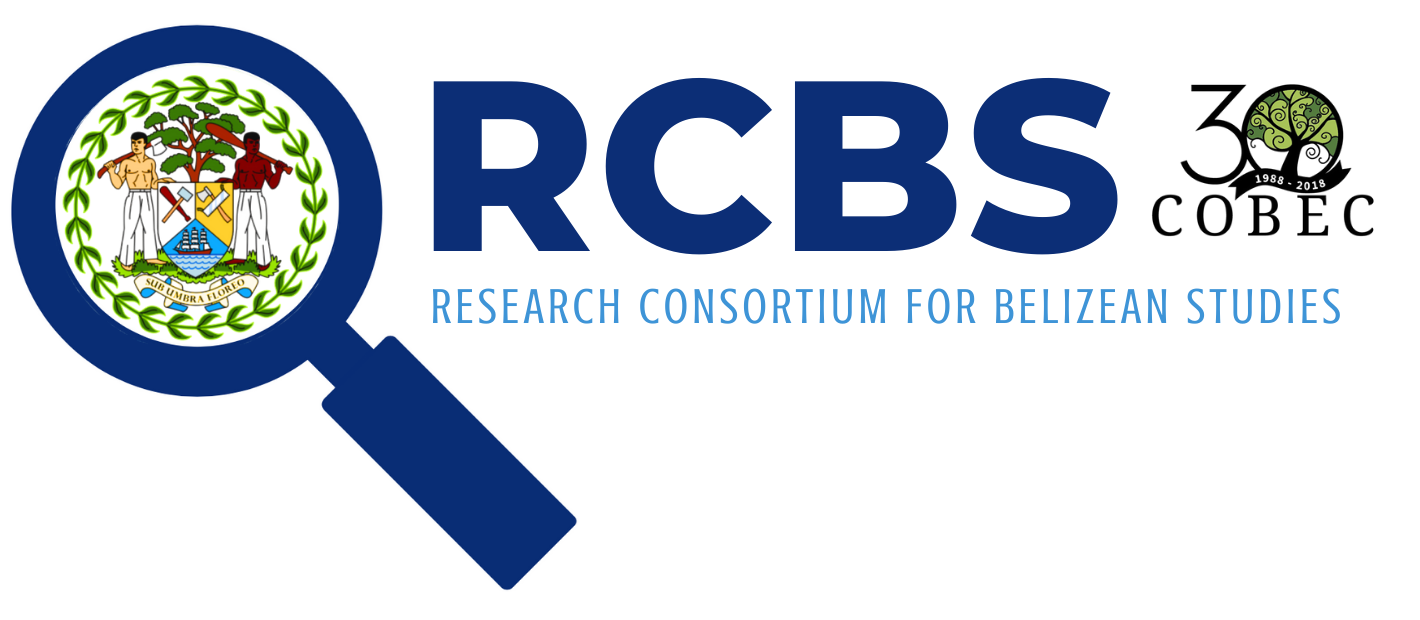
Research Consortium for Belizean Studies
Title
Use of Airborne LiDAR to Delineate Canopy Degradation and Encroachment along the Guatemala-Belize Border
Abstract
Tropical rainforest clearing and degradation significantly reduces carbon sequestration and increases the rate of biodiversity loss. There has been a concerted international effort to develop remote sensing techniques to monitor broad-scale patterns of forest canopy disturbance. In addition to loss of natural resources, recent deforestation in Mesoamerica threatens historic cultural resources that for centuries lay hidden below the protective canopy. Here, we compare satellite-derived measures of canopy disturbance that occurred over a three decade period since 1980 to those derived from a 2009 airborne LiDAR campaign over the Caracol Archaeological Reserve in western Belize. Scaling up fine-resolution canopy height measures to the 30 m resolution of Landsat Thematic Mapper, we found LiDAR revealed a >58% increase in the extent of canopy disturbance where there was an overlap of the remotely sensed data sources. For the entire archaeological reserve, with the addition of LiDAR, there was a 2.5% increase of degraded canopy than estimated with Landsat alone, indicating that 11.3% of the reserve has been subjected to illegal selective logging and deforestation. Incursions into the reserve from the Guatemala border, represented by LiDAR-detected canopy disturbance, extended 1 km deeper (to 3.5 km) into Belize than were derived with Landsat. Thus, while LiDAR enables a synoptic, never-seen-before, below-canopy view of the Maya city of Caracol, it also reveals the degree of canopy disturbance and potential looting of areas yet to be documented by archaeologists on the ground.
Publisher
Tropical Conservation Science
Date of Publication
2012
Document Type
Article
Recommended Citation
Weishampel, John F.; Hightower, Jessica N.; Chase, Arlen F.; and Chase, Diane Z., "Use of Airborne LiDAR to Delineate Canopy Degradation and Encroachment along the Guatemala-Belize Border" (2012). Research Consortium for Belizean Studies. Paper 69.
https://doi.org/10.1177%2F194008291200500103

